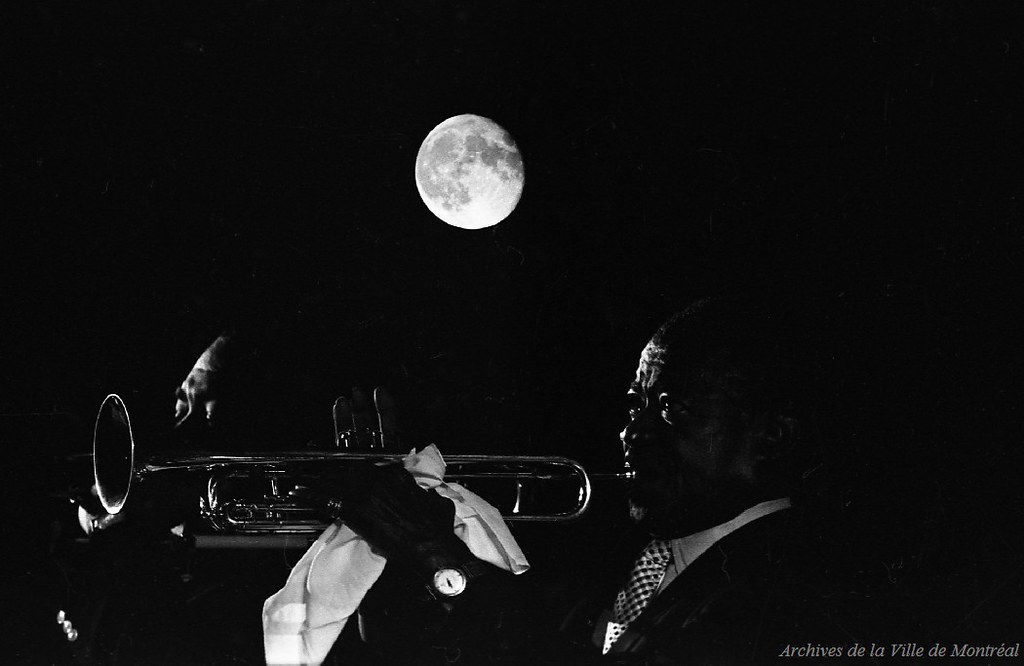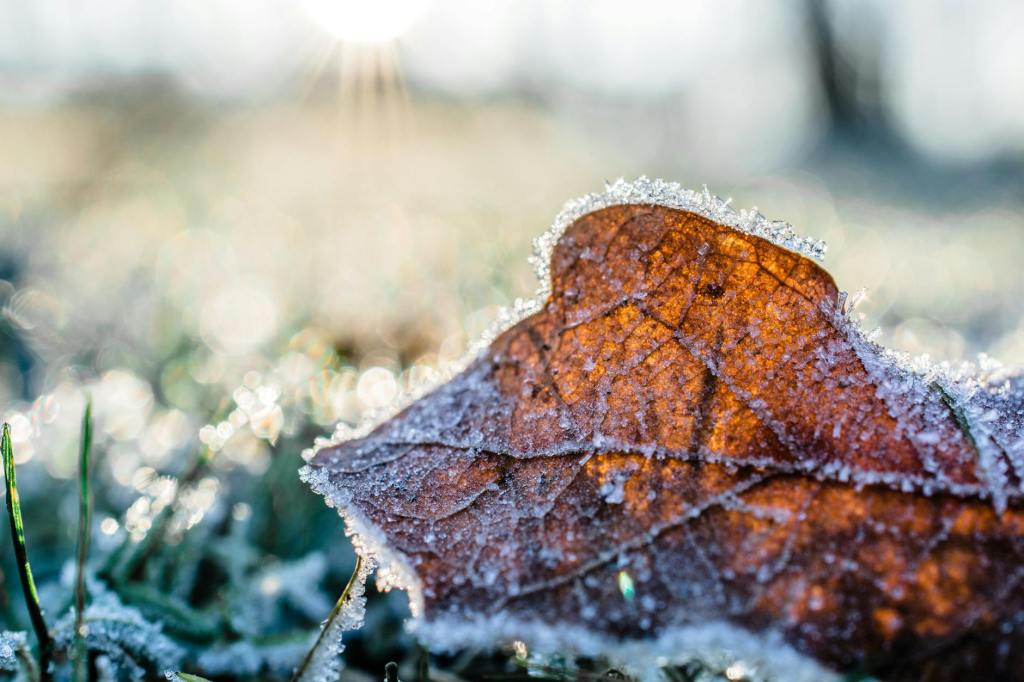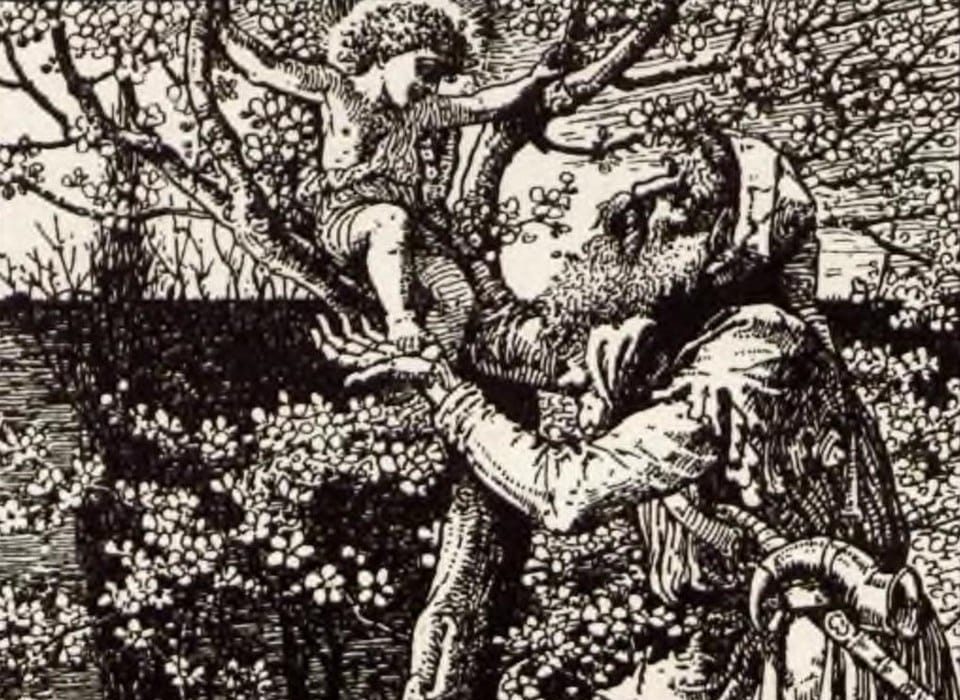It is hard to imagine the pain and sorrow a marginalized group of Americans must have felt emerging from the slavery of the South with the hope of Northern emancipation–only to find similar racism and ostracism there, too. But, from the ashes the phoenix does rise. In this post, we are going to talk about an important artistic movement known as The Harlem Renaissance. This movement pushed Black voices into the spotlight, and highlighted their artistic endeavors, from music to writing.
The Catalyst of a Cultural Movement and Renaissance
The Jim Crow laws of the post-Civil War American South did a lot of damage to Black Americans mentally and physically. These laws were the “system of segregation and discrimination in the South” by “legal segregation” (National Geographic). For example, these types of laws kept Black from eating in the same restaurants. They also could not drink from the same drinking fountains, going to the same theaters as whites. Likewise, exclusion can have the adverse effect of keeping people from feeling human.
It would stand to reason then, that many Blacks wanted to find a way out of the South.
As some sources state, the level of disparity between Blacks and whites in the South caused a large, extant, rift to grow much larger. The poison in the veins of these trodden Americans “led many African Americans to hope for a new life up north.” However, as Black Americans hid and dodged “hate groups” and “hate crimes” in the Deep South, they wondered about the “promise of owning land,” which never “materialized” (US History).
As it relates to our topic, the Harlem Renaissance grew out of Black Americans moving North. Here, they doubled-down on their cultures and histories in the segregated communities they were relegated to toil. Similarly, such innovation in the arts matched marginalized groups in the past. This includes the Native Americans who fought to maintain their own languages against the aggressions of European integration.
What was the Harlem Renaissance?
The Harlem Renaissance was a period between 1910 and the mid-1930s. The movement saw a large amount of Black Americans generating art from Harlem in New York City.
History states that “ … this period is considered a golden age in African American culture, manifesting in literature, music, stage performance and art.” The convergence of Black Americans on the Harlem area stemmed from The Great Migration from the South to the North. The migration was spurred by the aforementioned Jim Crow laws that actively worked to undermine Black power.
Other factors that led to this migration included, “natural disasters,” a smaller amount of immigration to the United States, and recruitment from Northern companies (History.com).

Langston Hughes, Harlem Renaissance author, wrote a great deal about the Black experience. Biography states, “Hughes broke new ground in poetry when he began to write verse that incorporated how Black people talked and the jazz and blues music they played. He led the way in harnessing the blues form in poetry with ‘The Weary Blues,’ which was written in 1923 and appeared in his 1926 collection The Weary Blues.”
Who were the Major Players in the Renaissance?
The Harlem Renaissance would see the likes of W. E. B. Du Bois, Langston Hughes, Claude McKay, and Jean Toomer emerge as powerful writing voices. McKay would produce a collection of poems titled Harlem Shadows in 1922, which was a breakthrough for Black writers. He would go on to write more prominent works, such as the poem “America” and “If We Must Die.”
Countee Cullen, who had published volumes of poetry including Color, Copper Sun, and The Ballad of the Brown Girl, was also important in the Harlem happenings. He married W.E.B. DuBois’ daughter Nina Yolande and this was seen as a “major social event in Harlem” that “marked the joining of the Cullen and Du Bois lineages, two of its most notable families” (Poetry Foundation).
A little later, authors like Richard Wright and Ralph Ellison would contribute defining pieces of literature regarding the identify of Black Americans.
Conclusion
While this is a small picture of the Harlem Renaissance, it is important to recognize its lasting legacy on writing (and other art forms). Due to the large volume and publication of many important voices in Black literature, this movement gave levity and authority to Black culture. It also staked a claim for Black literature, poetry, music, and art, and showed white Americans that there was more than one voice in the country.
Works Cited
“Countee Cullen.” Poetry Foundation. Web. https://www.poetryfoundation.org/poets/countee-cullen
“The Harlem Renaissance.” Us History. Web. https://www.ushistory.org/us/46e.asp
Editors. “Harlem Renaissance.” History. January 11, 2023. Web. https://www.history.com/topics/roaring-twenties/harlem-renaissance
“Who Was Jim Crow?” National Geographic. Web. https://education.nationalgeographic.org/resource/who-was-jim-crow/





Leave a comment